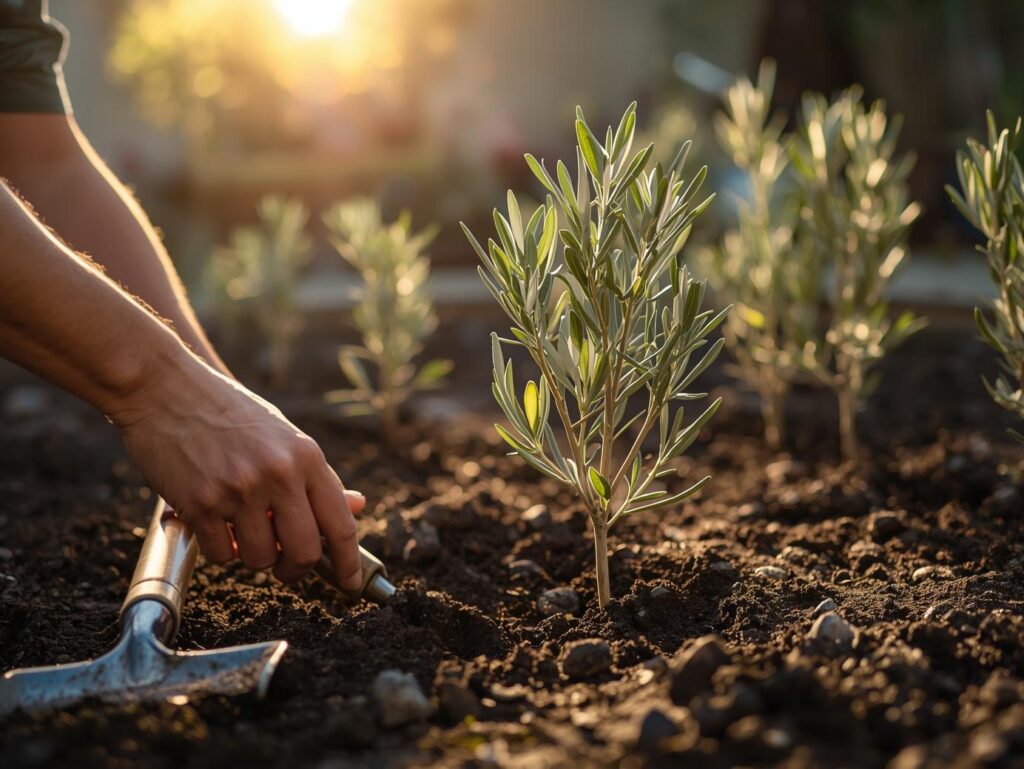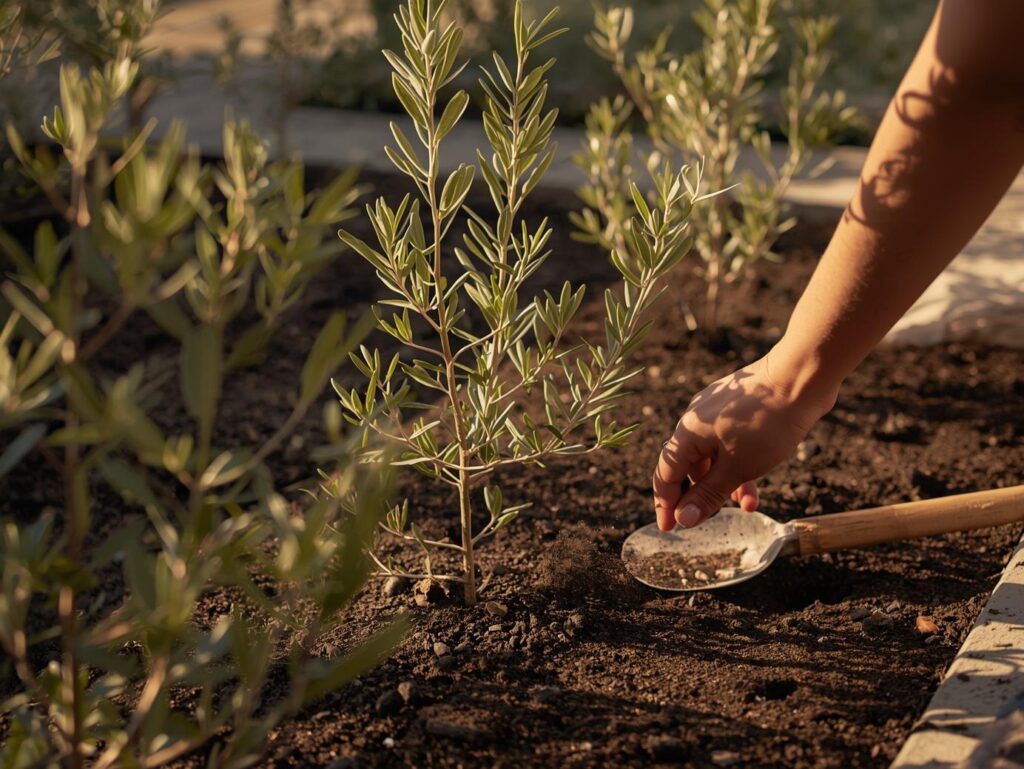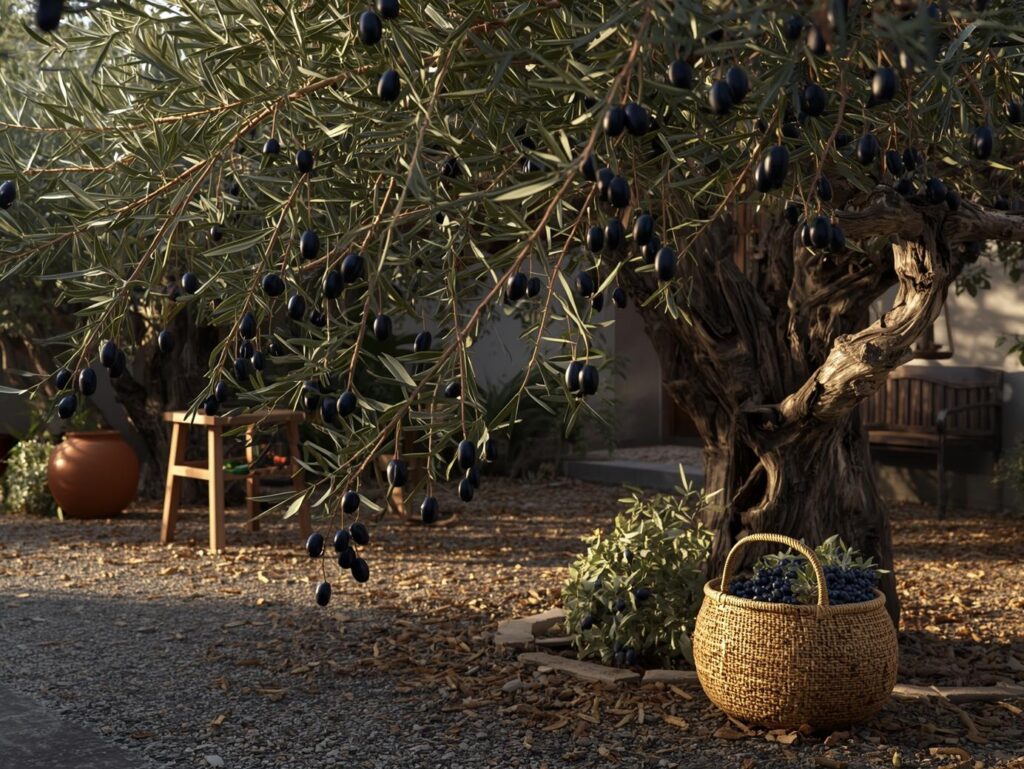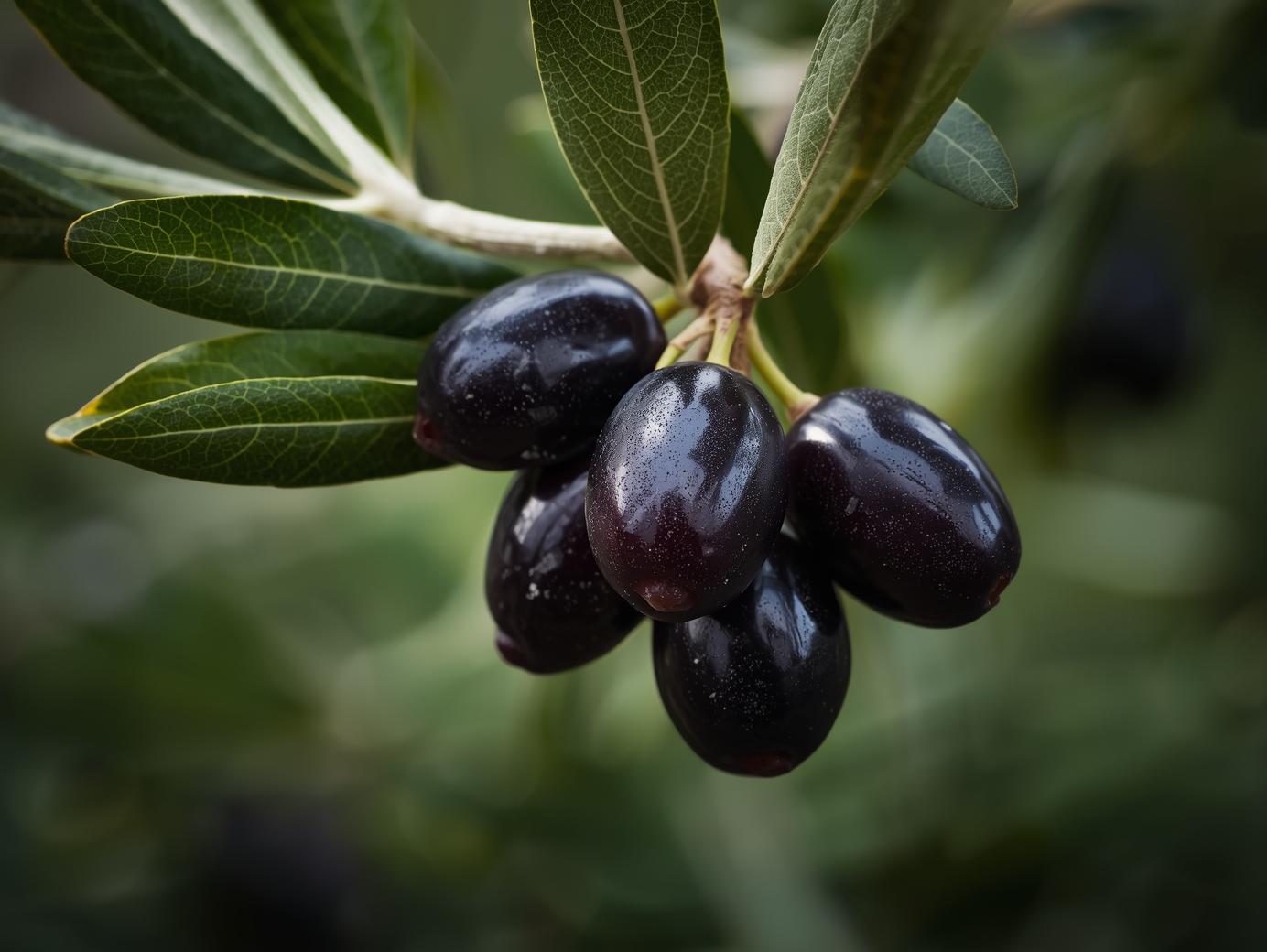Olive trees have been cherished for centuries for their beauty, resilience, and valuable fruit. In the USA, they are increasingly popular for home courtyards because of their evergreen foliage, drought tolerance, and elegant appearance. Beyond their aesthetic appeal, olive trees produce delicious, nutritious fruits that can be used for oil or table consumption. With proper care and attention, these trees can thrive for decades, even in small spaces.
Olive trees grow best in warm, sunny climates such as those found in California, Texas, Arizona, and parts of the Southeast. However, with proper soil management, pruning, and watering, they can also adapt well to container growing in cooler regions. This comprehensive guide will help you cultivate healthy olive trees that bring both beauty and bounty to your home courtyard.
Soil Selection
Olive trees prefer well-drained, loamy soil that provides both aeration and moisture retention. Poorly drained or heavy clay soils should be avoided because waterlogged conditions can lead to root rot. The ideal soil pH for olive trees ranges from 6.0 to 8.0, which allows them to absorb nutrients efficiently and sustain steady growth.
If your courtyard soil is compacted or prone to poor drainage, mix in organic matter such as compost, sand, or perlite to improve texture and water flow. Conducting a soil test before planting helps determine nutrient levels and allows you to make adjustments as needed. Healthy, balanced soil will provide the strong foundation olive trees need to develop deep roots and produce abundant fruit.
Site Preparation
Selecting the right location for your olive tree is crucial for long-term success. Choose a sunny area in your courtyard that receives at least six to eight hours of direct sunlight each day. Olive trees thrive in warm, dry environments and perform best when protected from strong winds or freezing temperatures. Good air circulation helps prevent fungal infections and supports healthy leaf growth.
Before planting, clear the site of weeds, rocks, and debris. Loosen the soil to a depth of 18 inches and mix in organic compost or well-rotted manure to enhance fertility. If you live in a region with cooler winters, consider planting your olive tree in a large container so it can be moved indoors during extreme cold spells. Proper site preparation ensures your tree starts off strong and adapts well to its environment.
Planting
The best time to plant olive trees in most parts of the USA is during early spring or fall when temperatures are mild. Choose a young, healthy tree from a reputable nursery. Dig a hole twice as wide and just as deep as the root ball, ensuring there is enough room for roots to spread naturally. Place the tree in the hole so the top of the root ball is level with the ground surface.

Backfill the hole with the excavated soil, firming it gently around the roots to eliminate air pockets. Water thoroughly after planting to help the soil settle. Space trees at least 10 to 15 feet apart if planting more than one, allowing sufficient room for growth and airflow. For container planting, use a high-quality potting mix with good drainage and position the pot in a sunny location.
Watering
Olive trees are naturally drought-tolerant, but consistent watering is essential during their establishment phase. Water deeply once or twice a week during the first year, ensuring that the soil remains moist but not soggy. Deep watering encourages roots to grow downward, improving drought resistance and overall tree health.
Once established, olive trees require less frequent watering, typically only during prolonged dry periods. In most U.S. climates, watering once every 10 to 14 days during summer is sufficient. Overwatering can lead to root problems, so allow the top few inches of soil to dry out before watering again. Using mulch around the base helps retain moisture and regulate soil temperature.
Fertilizing
Olive trees are light feeders but benefit from balanced nutrition to maintain steady growth and fruit production. Apply a balanced fertilizer containing nitrogen, phosphorus, and potassium in early spring as new growth appears. Nitrogen encourages leaf and branch development, while phosphorus and potassium support root strength and fruit formation.

Organic fertilizers such as compost or aged manure can also provide slow-release nutrients and improve soil health. Avoid over-fertilizing, as excessive nitrogen can cause lush foliage growth at the expense of fruit yield. Annual soil testing helps determine nutrient needs and ensures your olive trees receive the proper balance for long-term productivity.
Pruning & Training
Pruning plays an important role in maintaining the health, shape, and productivity of olive trees. The best time to prune is in late winter or early spring before new growth begins. Remove any dead, diseased, or crossing branches to improve airflow and sunlight penetration throughout the canopy. This helps reduce the risk of fungal diseases and promotes even fruit ripening.
Training young trees early ensures a strong structure and easier maintenance in later years. Olive trees can be pruned into a central leader shape or an open vase form depending on space and aesthetic preference. Light pruning each year helps maintain balance and encourages consistent fruiting while keeping the tree manageable for courtyard settings.
Pest & Disease Control
Olive trees are generally hardy, but they can still be affected by pests such as scale insects, olive fruit flies, and aphids. Regular inspection allows you to identify early infestations before they become serious. Natural pest control methods, including neem oil or insecticidal soap, can effectively manage small pest populations without harming beneficial insects.
Diseases like sooty mold, verticillium wilt, and peacock spot can occur, especially in humid environments. Ensuring proper spacing, pruning for good airflow, and avoiding overwatering greatly reduce these risks. Cleaning up fallen leaves and debris around the base of the tree also helps maintain a healthy growing environment free of pathogens.
Fruiting & Harvest
Most olive trees begin producing fruit within three to five years after planting, depending on the variety and growing conditions. Olive fruits develop from spring blossoms and gradually mature through late summer into fall. The color changes from green to purple or black as they ripen, depending on the type of olive.

Harvesting olives at the right time is essential for quality. Green olives are typically harvested early for pickling, while fully ripened black olives are collected later for oil production. Handle the fruits gently to avoid bruising, and store them properly for curing or pressing. With the right care, your olive tree can provide a steady harvest for decades, making it a lasting treasure in your home courtyard.
